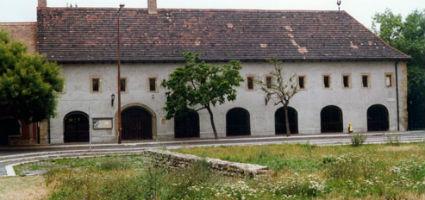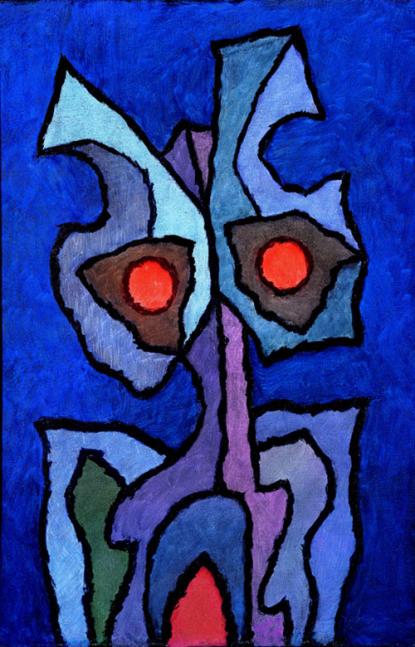2024. April 26. Friday
Budapest Gallery Exhibition Hall - Budapest
 |
Address: 1036, Budapest Lajos u. 158.
Phone number: (1) 388-6784
E-mail: info@budapestgaleria.hu
Opening hours: Tue-Sun 10-18
|
The exhibition has closed for visitors.
2009.09.24. - 2009.11.01.
Pál Veress graduated from the Fine Art Academy in Budapest, he was the student of István Szőnyi from 1938 to 1943. Parallel with his studies at the Academy, he also studied archaeology, ethnography and art history at the Pázmány Péter University. After serving in the army and captivity, he managed to open his first solo show in 1948 in Budapest. Nevertheless, politics and oppression of social realism intentions related to art forced him to change his career. First he was the reader-editor for the periodical "Alkotás". After the publication of the periodical ceased, Világgazdaság, then the "Heti Világgazdaság". But he never entirely gave up painting. He regularly showed across the country from the 1960's. He received the Order of Merit of the Hungarian Republic in 1995; in 1998 he was awarded Merited Artist. He was member of the Széchenyi Literary and Art Academy, the Society of Hungarian Fine Artists and the Society of Hungarian Painters.

Pál Vere+ss gradually distanced himself from the fauve figural painting he was involved in at the beginning of his career, and got to figures similar to humans and animals. He called these idols. In the last years of his career, he changed to a more colourful representation; the figures became more animate replacing the former "set stone figures".
He wrote the following of the technique he applied in his art: "The cinder reliefs were born because I tried to find some kind of authentic solution to show idols in a compact way. I experimented with cinder- powder, wax and cement and came up with an extremely hard material. With this, I managed to step out of two-dimension. I found the technique with which I was able to open up my consciousness and force the form hidden out in the open. I chose the best forms for the wooden shape collages to express my ideas. I painted them and placed paper, cut or torn. I smoothed these with my palm, then I organised them into pictures and glued them on planks. With the monotype collages I drew with the handle of the brush on the back of the painted pictures, and then I glued this strange paper on. My new technique was that the paper I painted like that I brushed right on the wooden plank, then I peeled the paper off the base and this way I ended up with collage-like, but real oil pictures. My brand new way of painting is way of applying white and unfolded colours.

Pál Vere+ss gradually distanced himself from the fauve figural painting he was involved in at the beginning of his career, and got to figures similar to humans and animals. He called these idols. In the last years of his career, he changed to a more colourful representation; the figures became more animate replacing the former "set stone figures".
He wrote the following of the technique he applied in his art: "The cinder reliefs were born because I tried to find some kind of authentic solution to show idols in a compact way. I experimented with cinder- powder, wax and cement and came up with an extremely hard material. With this, I managed to step out of two-dimension. I found the technique with which I was able to open up my consciousness and force the form hidden out in the open. I chose the best forms for the wooden shape collages to express my ideas. I painted them and placed paper, cut or torn. I smoothed these with my palm, then I organised them into pictures and glued them on planks. With the monotype collages I drew with the handle of the brush on the back of the painted pictures, and then I glued this strange paper on. My new technique was that the paper I painted like that I brushed right on the wooden plank, then I peeled the paper off the base and this way I ended up with collage-like, but real oil pictures. My brand new way of painting is way of applying white and unfolded colours.
